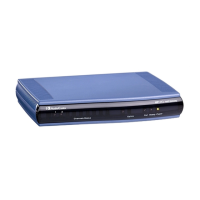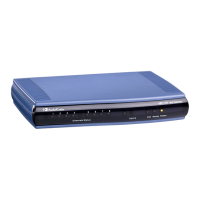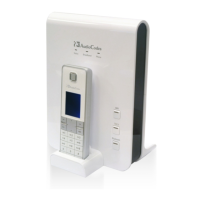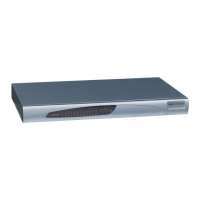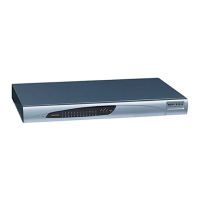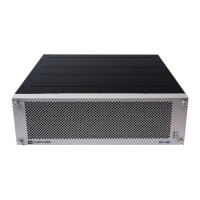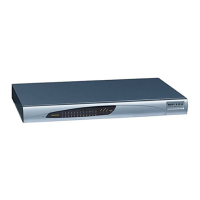CHAPTER18 Core Entities
Mediant 1000 Gateway & E-SBC | User's Manual
Parameter Description
'SBC Client Forking Mode'
sbc-client-forking-mode
[IPGroup_
EnableSBCClientForking]
Defines call forking of INVITE messages to up to five
separate SIP outgoing legs for User-type IP Groups.
This occurs if multiple contacts are registered under the
same AOR in the device's registration database.
■ [0] Sequential = (Default) Sequentially sends the
INVITE to each contact. If there is no answer from
the first contact, it sends the INVITE to the second
contact, and so on until a contact answers. If no
contact answers, the call fails or is routed to an
alternative destination, if configured.
■ [1] Parallel = Sends the INVITE simultaneously to
all contacts. The call is established with the first
contact that answers.
■ [2] Sequential Available Only = Sequentially
sends the INVITE only to available contacts (i.e., not
busy). If there is no answer from the first available
contact, it sends the INVITE to the second contact,
and so on until a contact answers. If no contact
answers, the call fails or is routed to an alternative
destination, if configured.
Note: The device can also fork INVITE messages
received for a Request-URI of a specific contact (user)
registered in the database to all other users located
under the same AOR as the specific contact. This is
configured by the [SBCSendInviteToAllContacts]
parameter.
'CAC Profile'
cac-profile
[IPGroup_AdmissionProfile]
Assigns a Call Admission Control Profile (CAC rules) to
the IP Group.
By default, no value is defined.
To configure CAC Profiles, see Configuring Call
Admission Control on page756.
Advanced
'Local Host Name'
local-host-name
[IPGroup_ContactName]
Defines the host name (string) that the device uses in
the SIP message's Via and Contact headers. This is
typically used to define an FQDN as the host name. The
device uses this string for Via and Contact headers in
outgoing INVITE messages sent to a specific IP Group,
and the Contact header in SIP 18x and 200 OK
responses for incoming INVITE messages received
from a specific IP Group. The IP-to-Tel Routing table
can be used to identify the source IP Group from where
the INVITE message was received.
If the parameter is not configured, these headers are
populated with the device's dotted-decimal IP address of
the network interface on which the message is sent.
By default, no value is defined.
Note: To ensure proper device handling, the parameter
should be a valid FQDN.
- 352 -
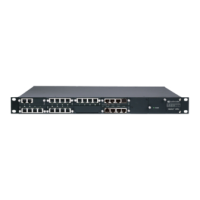
